You asked and we delivered. A new set of digital jigsaw puzzles is finally here! We’re so glad you enjoyed our last round of puzzles and hope you find these equally entertaining.
This time we’re featuring a few scenes that remind us of fall – from beautiful foliage to slightly creepy snakes and spiders. Play them right here on our blog or use the links to play full screen. Each puzzle is set at 60 pieces but they are customizable to any skill set. Click the grid icon in the center to adjust the number of pieces. As with our last set, all of the images are freely available in our Digital Library, Image Gallery or Biodiversity Heritage Library. Feel free to explore and make your own!
Front cover from Buist’s Garden Guide and Almanac (1896).
Born near Edinburgh, Scotland, Robert Buist trained at the Edinburgh Botanic Gardens before immigrating to the United States. After working in fine gardens and as a florist, he began a seed, nursery and greenhouse business called the Robert Buist Company. Buist was know for his roses and verbena and credited with introducing the poinsettia to the United States. He was the author of The American Flower-Garden Directory (1832); The Rose Manual (1844); and The Family Kitchen-Gardener (c1847).
Play online: https://jigex.com/EydZ
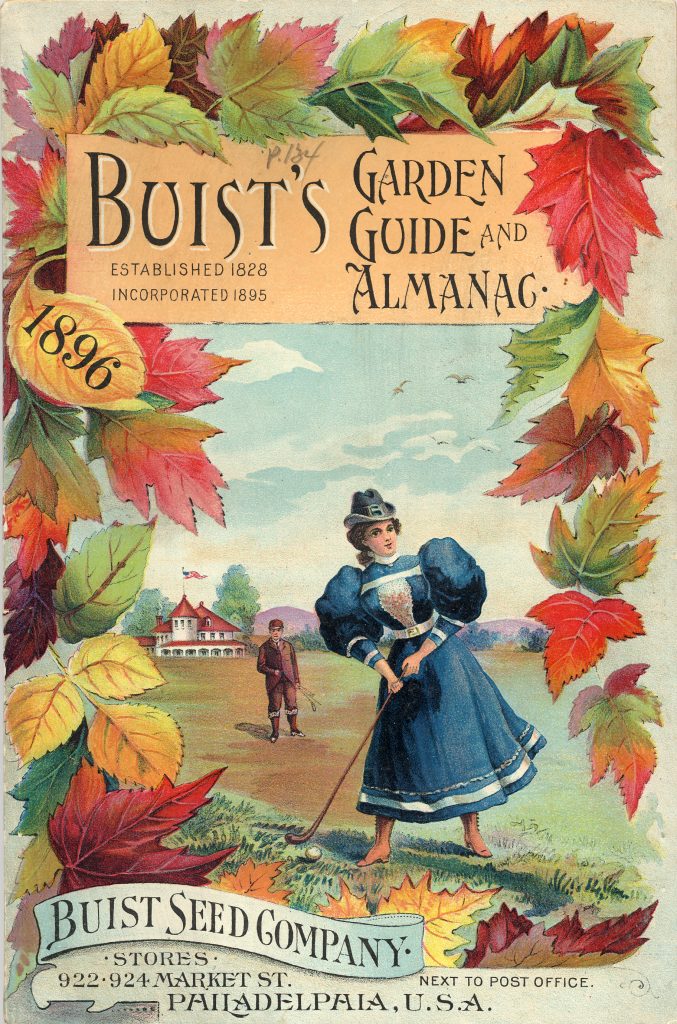
TAB. XLI from Locupletissimi rerum naturalium thesauri accurata description (1734-1765) by Albertus Seba.
Snakes and spiders and birds, oh my! Dutch pharmacist Albertus Seba (1665–1736) devoted his life to collecting exotic plants and animals. His richly illustrated books document his cabinet of curiosities—a precursor of the modern museum. He commissioned hand-colored illustrations to document his extensive collection of plants, animals, and other curiosities, including a squid. His work served as a model for future books on collecting and classification, but it is also a landmark of artistry and design. This book is featured in our online exhibition Magnificent Obsessions: Why We Collect.
Play online: https://jigex.com/adsQ
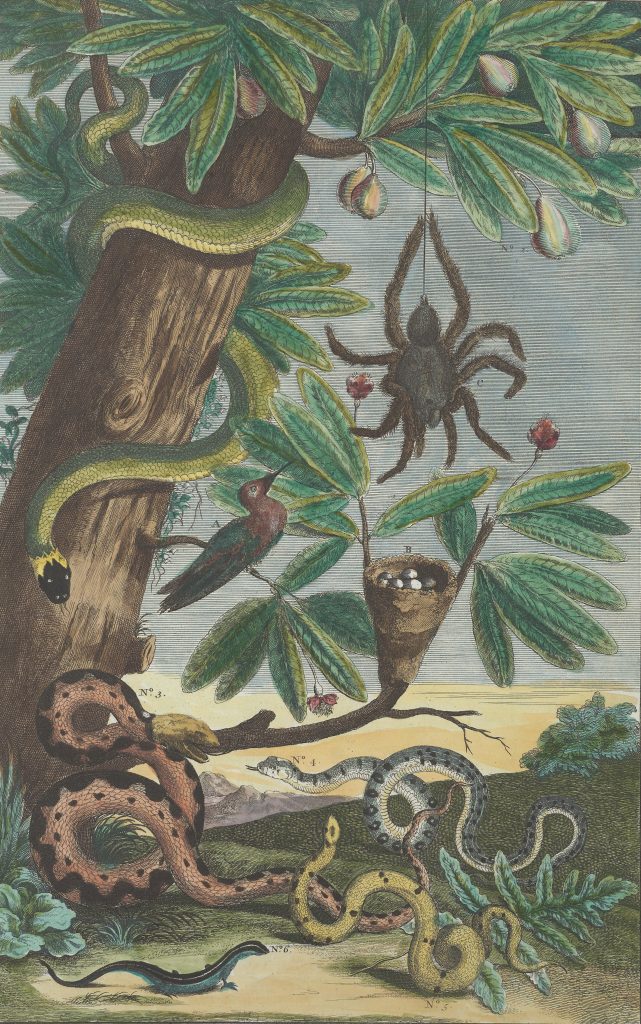
“Crab Apples” by Louise Blakeney in Keramic Studio, (1903).
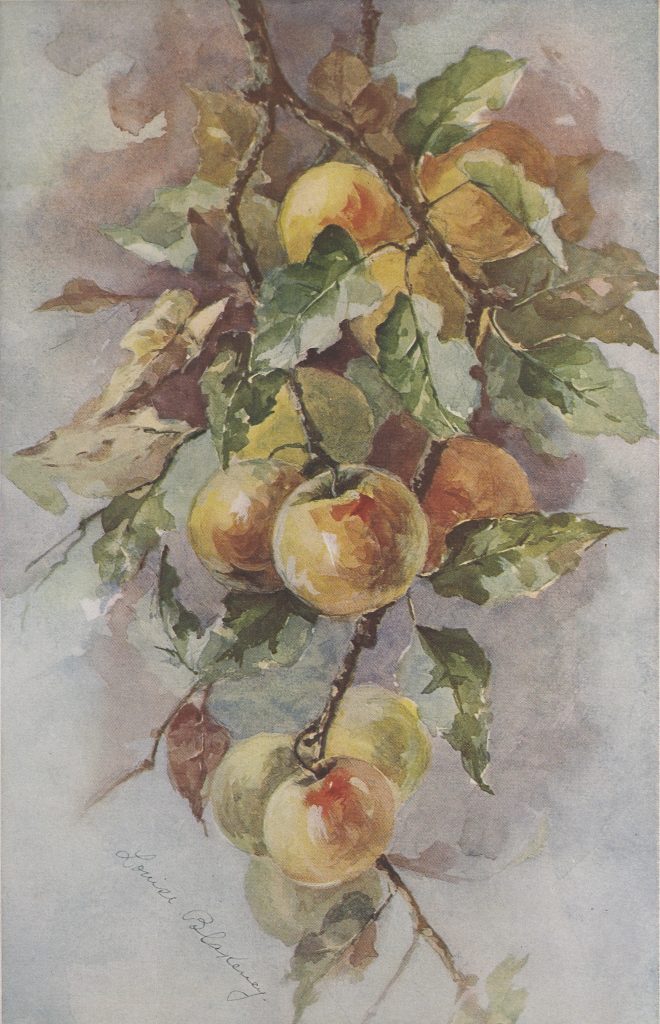
“Wild Cat” by Wilhelm Kuhner in Animal Portraiture (1912) by Richard Lydekker.
Over the change of seasons already? We suspect this little wild cat is too. It’s one of fifty wonderfully expressive animals included in Richard Lydekker’s Animal Portraiture , available in the Biodiversity Heritage Library. Lydekker, a British naturalist, wrote the text for the book while leaving the imagery to German artist Wilhelm Kuhner.
Play online: https://jigex.com/shVx
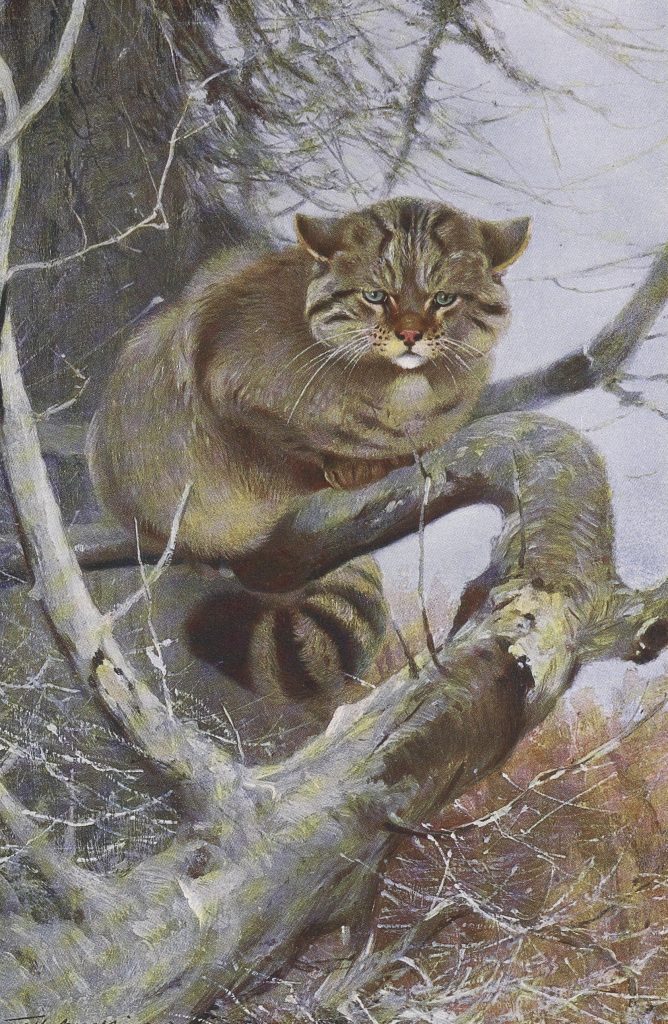
Chrysanthemum pattern from Bijutsukai, Vol. 2 (1901).
Bijutsukai, a periodical published in Japan from 1896-1911, in sixty five volumes, intended to provide novel and exciting designs for textile artists, potters, and other craft makers; this was in response to domestic demand as well as increasing export needs. Each issue of Bijutsukai was wood-block printed in vibrant color on fine paper. Chrysanthemums, a favorite fall flower in the United States, are well represented as a design element — they’re the official flower of Japan.
Play online: https://jigex.com/SY2y
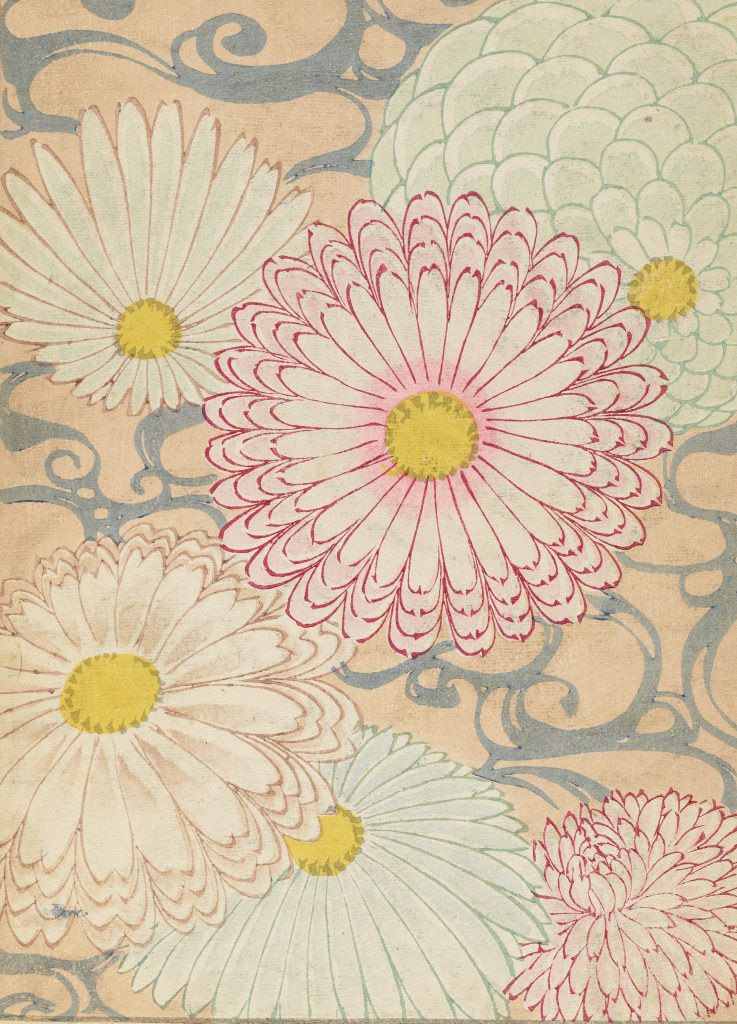

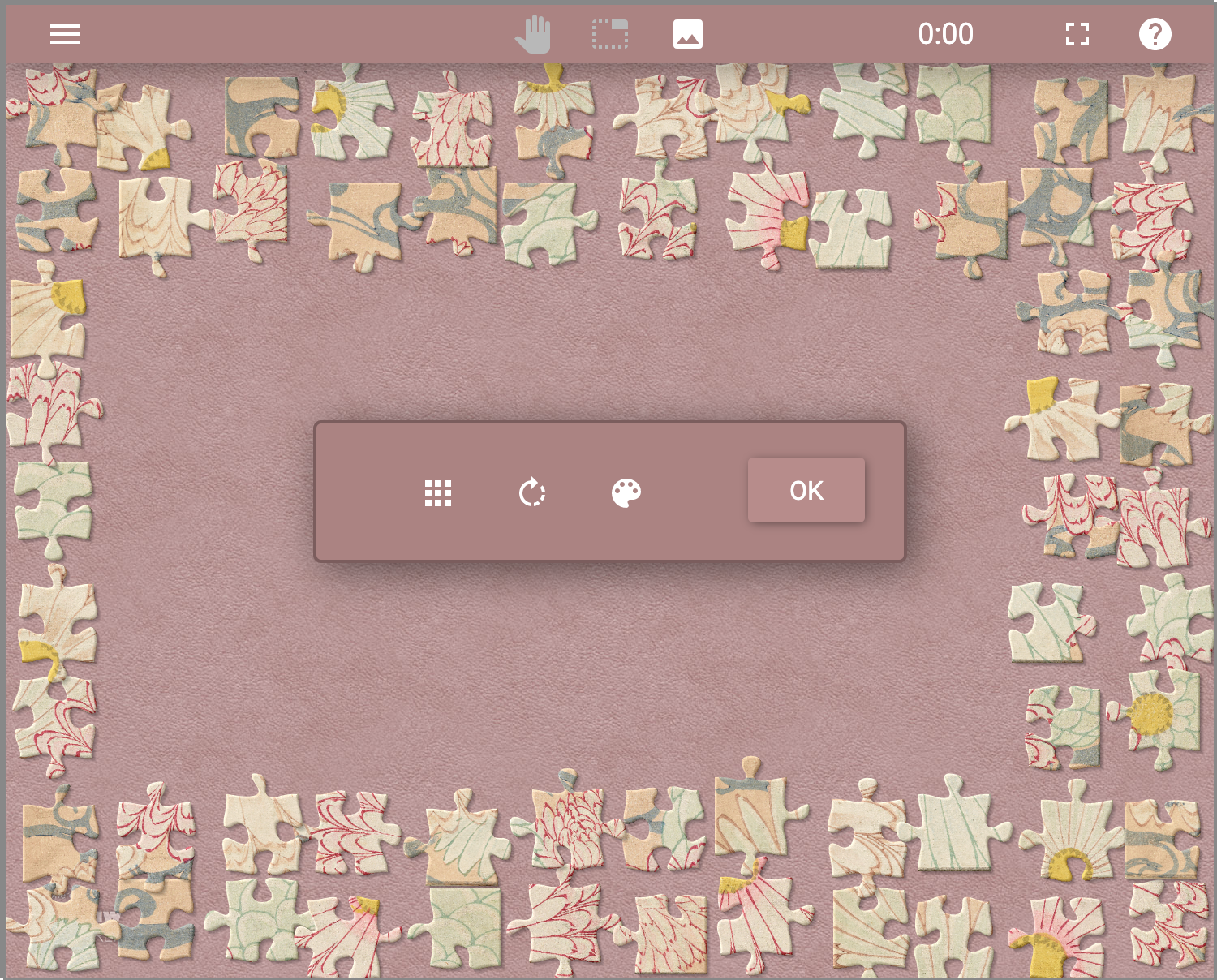
13 Comments
How fun! Well, except for the snakes and spider, of course. 🙂
I’m getting an error message and the puzzles aren’t loading.
Hi Sara,
So sorry to hear that! You might want to try updating your browser or using the jigex links provided. They still seem to be loading on this end.
Best,
Erin Rushing
Outreach Librarian
all good now 🙂
Our family loves the Smithsonian Institute! I was once an avid jigsaw puzzle solver, but time changed that. Now time has brought us a new way to solve puzzles and its awesome to have during these times. Many thanks!
more puzzles
These jigsaw puzzles are so much fun! Please give us more!!!
Wow! We just discovered this tonight! Looks like we found a brilliant new option to fold into our mix!
Will there be more puzzles? They’ve been a godsend during the pandemic.
Cheers~
Hi Vicki,
So glad you’ve enjoyed them! We’ll work on more this fall, but in the meantime make sure you’ve seen all four sets: https://blog.library.si.edu/blog/tag/digital-jigsaw-puzzles
Best,
Erin Rushing, Outreach Librarian
[…] Smithsonian Libraries Releases a New Set of Digital Jigsaw Puzzles (Smithsonian Libraries) […]
These are really great! I hope that you will keep them coming!
are you going to make more puzzles?